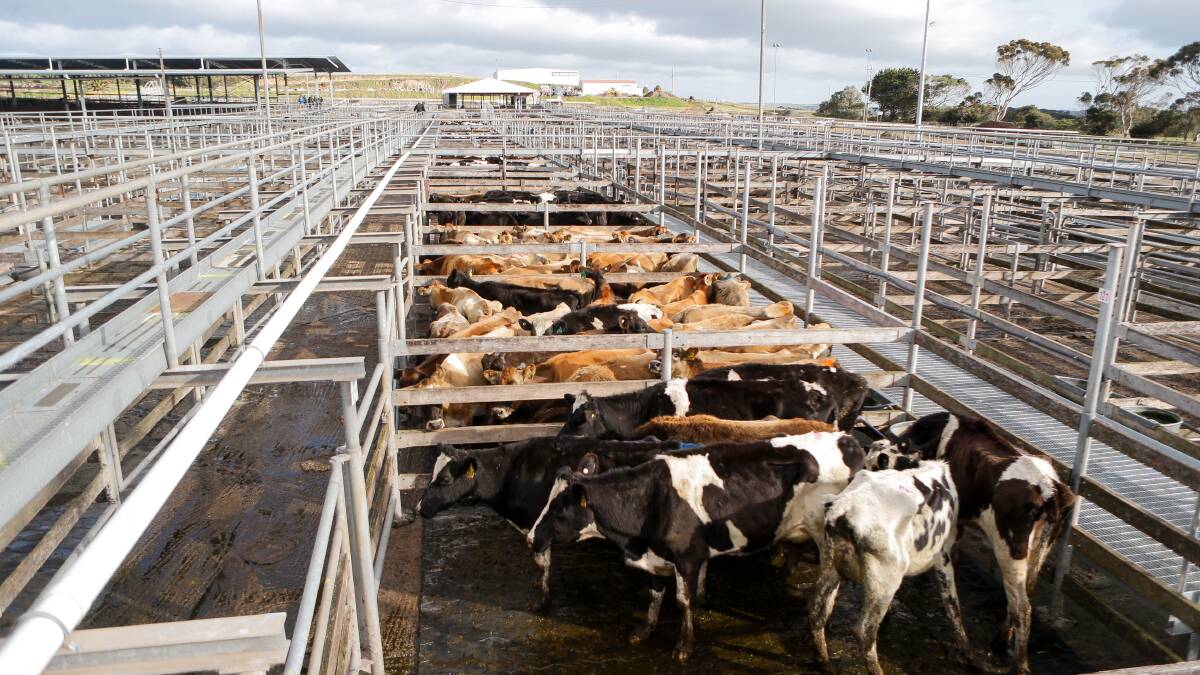
Less than a month after Warrnambool's saleyards closed, facilities in neighbouring Hamilton and Mortlake are booming.
Subscribe now for unlimited access.
or signup to continue reading
Southern Grampians Shire, which operates Hamilton's saleyards, and the private owners of Mortlake's facility are both preparing to expand their centres.
It's great news for Hamilton and Mortlake that agents who used to sell at Warrnambool have brought their clients and cattle to the two centres.
It's also great that hospitality, retail and farming businesses are reaping some benefits from extra visitors.
But it's not so good news for Warrnambool. Money that was once spent here is now gone.
And those who unsuccessfully fought to keep the city's livestock facility open are fuming.
If Hamilton and Mortlake centres can entertain expanding their operations because of the added cash injection and benefits for their towns, why couldn't Warrnambool City Council upgrade its ageing facility?
It's a question many have posed since Warrnambool's yards closed after a farewell sale on December 28.
The answer ironically is money - the same commodity flowing to other areas.
The cost of upgrading the saleyards - $5.66 million plus annual maintenance of $4 million- was prohibitive for the council, especially when there were more modern facilities less than an hour's drive from the city.
Councillors, knowing the council has struggled financially, knew they would not be able to convince ratepayers the expenditure was essential, especially when a study it commissioned found the benefits to business and Warrnambool's economy were $10.4 million a year, down from $34.1 million in 2008.
Furthermore, an expert estimated the upgrades would not pay for themselves, with the yards losing on average $1.1 million annually or $23.6 million over 20 years.
Those against the closure are already arguing the success at Hamilton and Mortlake vindicates their stand and opens up councillors for criticism.
Councillors and the soon-to-arrive new chief executive officer can't take their eyes off the future. They need to open the new year strongly and get moving on what's next for the saleyards site.
While a WorkSafe prosecution over safety at the yards and a fine of up to $1.4 million looms as a major distraction, the only way the council can out-run any criticism on economic grounds is to plot a path that will deliver the city more revenue and benefits than the saleyards.
As previously discussed in these pages and on our website, could the saleyards site become home to more light industrial developments, a new aquatic facility and expanded indoor sports stadium?
There is a lot to be done first - the council rightly needs to assess any contamination issues and then consult residents and take on board the majority's views.
The challenge for the council is to move on swiftly; as the old saying goes: one door closes, another opens. And sooner, the better.
If the council can't, it will become harder to argue it was right.














